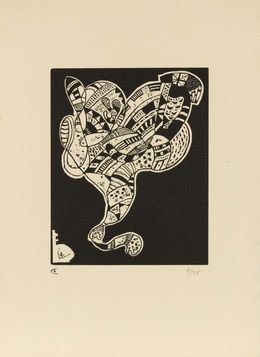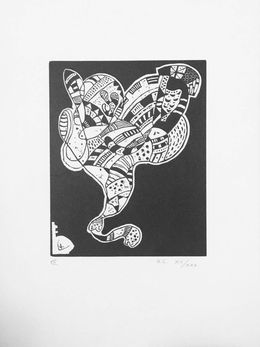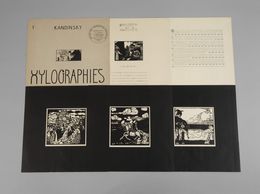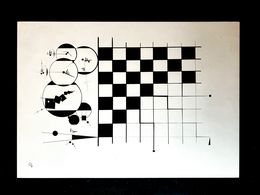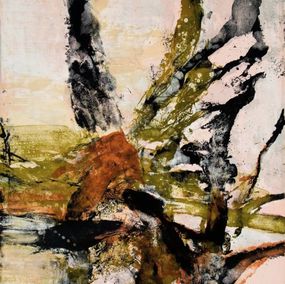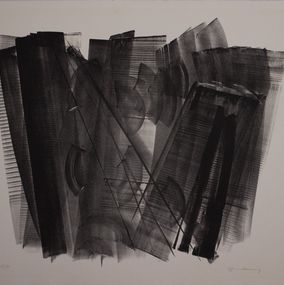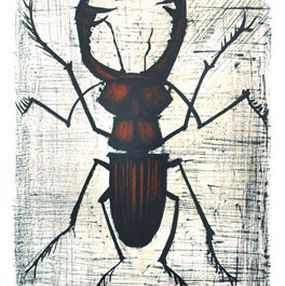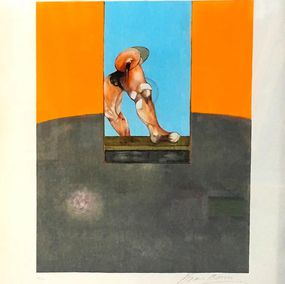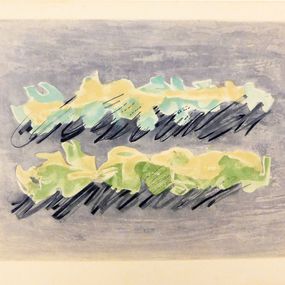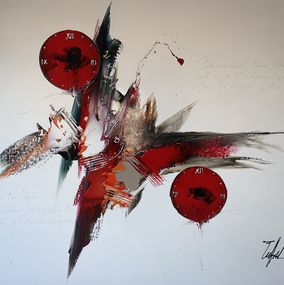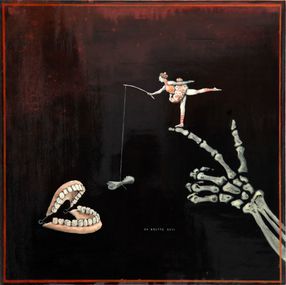

Russian Federation
• 1866
- 1944
183 followers
Color is a means of exerting direct influence upon the soul.
Biography
Wassily Kandinsky was born in Moscow in 1866 in a wealthy and educated family. He learned German from his grand-mother and took piano, cello and drawing lessons.
In 1885, he went to Moscow to study Law. At the age of 30, he decided to abandon a promising teaching career to dedicate himself to art. He went to Munich to study painting, and very quickly he started to teach art, and created, with other artists from Munich, the Phalanx Association. He met Gabriele Münter, a German-American artist, who became his partner until 1914. Together they traveled in Europe and North Africa and, in 1906, they moved to Paris for a year. During this period, he created small format paintings, impressionist landscapes, that made him look like a dilettante to the artists of the Paris scene.
In 1908, Kandinsky moved back in Murnau, Germany with Gabriele Münter, and this is when his actual artistic career began. His favorite themes - landscapes, popular culture - remained unchanged, but his treatment of them was increasingly abstract through and the colors more and more autonomous. In 1914, when the war broke out, he left Munich to take refuge in Switzerland and then back to Moscow where he stayed until 1921. During this period he started writing "Point and line to plane", published only in 1926. Those years he didn't paint much, focusing, for material questions, on drawing and works on paper. During the first years of the communist regime, he dedicated himself to the creation of new artistic institutions in the country, such as a state organization managing for fine arts.
However, his situation become precarious. In 1921, while on an official mission, he stayed in Germany with his wife Nina. Walter Gropius, Director of the Bauhaus, offered him a teaching position: he was a teacher at the school until its closure in 1933, when he moved to France. Stripped of his German nationality Wassily Kandinsky moved to Paris, as a stateless person. It was only in 1939 that he became a French citizen, in extremis before the beginning of the Second World War. During the last years of his life he lived with his wife and continued his artistic research in Neuilly-sur-Seine. He died in 1944.
Read more
In 1885, he went to Moscow to study Law. At the age of 30, he decided to abandon a promising teaching career to dedicate himself to art. He went to Munich to study painting, and very quickly he started to teach art, and created, with other artists from Munich, the Phalanx Association. He met Gabriele Münter, a German-American artist, who became his partner until 1914. Together they traveled in Europe and North Africa and, in 1906, they moved to Paris for a year. During this period, he created small format paintings, impressionist landscapes, that made him look like a dilettante to the artists of the Paris scene.
In 1908, Kandinsky moved back in Murnau, Germany with Gabriele Münter, and this is when his actual artistic career began. His favorite themes - landscapes, popular culture - remained unchanged, but his treatment of them was increasingly abstract through and the colors more and more autonomous. In 1914, when the war broke out, he left Munich to take refuge in Switzerland and then back to Moscow where he stayed until 1921. During this period he started writing "Point and line to plane", published only in 1926. Those years he didn't paint much, focusing, for material questions, on drawing and works on paper. During the first years of the communist regime, he dedicated himself to the creation of new artistic institutions in the country, such as a state organization managing for fine arts.
However, his situation become precarious. In 1921, while on an official mission, he stayed in Germany with his wife Nina. Walter Gropius, Director of the Bauhaus, offered him a teaching position: he was a teacher at the school until its closure in 1933, when he moved to France. Stripped of his German nationality Wassily Kandinsky moved to Paris, as a stateless person. It was only in 1939 that he became a French citizen, in extremis before the beginning of the Second World War. During the last years of his life he lived with his wife and continued his artistic research in Neuilly-sur-Seine. He died in 1944.
Nationality
Categories
Artistic movements
Themes
Discover the movements linked to Vassily Kandinsky
Discover similar artists
Discover our selections of works by artists
Need help finding your favorite? Consult our selection pages made for you.
Need to know more?
What are their 3 main works?
What is Vassily Kandinsky’s artistic movement?
The artistic movements of the artists are: Expressionism, Artists of the Bauhaus, Art Informel, Der Blaue Reiter
When was Vassily Kandinsky born?
The year of birth of the artist is: 1866





